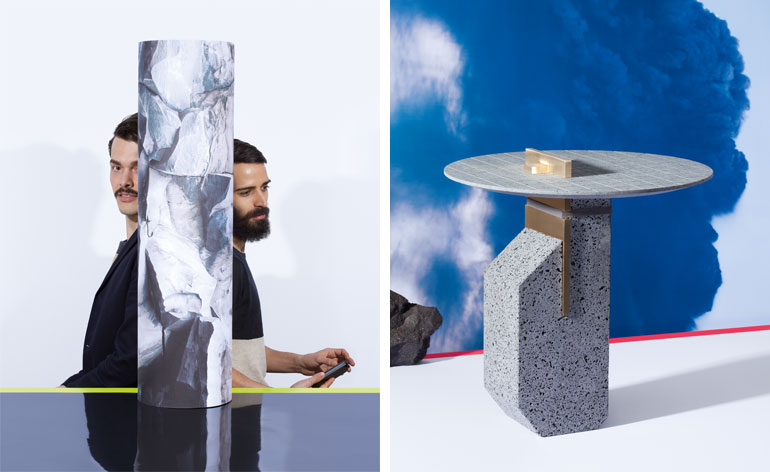
For centuries, the boiling red, volcanic ooze that has geysered out of Mount Etna and Stromboli has provided an excellent source for Sicilian stone cutters. Hardened into dark slabs known as basalt, this plentiful rock once commanded a high premium among Italian artisans, who used it to build much of the region’s Baroque architecture and sculptures. In recent years, however, basalt has been used to less transcendental ends and is now best known for the cheesy Sicilian souvenirs sold at the Catania airport.
Andrea Trimarchi and Simone Farresin, the Italian-born, Eindhoven-based design duo behind Studio Formafantasma, are set to change lava rock’s current status with an ambitious collection of new objects. Entitled ‘De Natura Fossilium’ (after Bauer), the pieces are currently being shown by Gallery Libby Sellers at Palazzo Cerici in Milan during the Salone del Mobile.
Working exclusively with lava-based materials extracted from both Mount Etna and Stromboli, the duo have spent the last two years investigating the possibilities of transforming the geological substance from the banal to the mind-blowing.
Their experimental tinkering with lavic stone has now resulted in an unusual 35-piece collection: from traditional slabs that have been cut and chiselled into sober tables or stools inlaid with brass; via melted stone whose carefully extracted fibres have been woven into lavic tapestries or unusual paper-thin ceramics; to melted stone that has been cast or mouth blown, for the first time ever, into geometric, lavic glass.
‘We were fascinated by the way these volcanoes are constantly expelling material,’ explains Farresin, who, together with the Sicilian-born Trimarchi, has spent the last few years studying these two active volcanoes in Europe. ‘In a way, it’s like a person mining. But in this case, it’s nature that’s mining.’
For the full, unabridged version of this article, turn to our May 2014 issue - out now

Left: 'Hours' clock, comprising a brass clock hand spinning on a basalt plate filled with three types of lavic sand. Right: 'Filicudi' glass box. The handle is a lavic stone, while pieces of orange Murano glass are added for colour accents.

Working exclusively with lava-based materials extracted from both Mount Etna and Stromboli, the duo have spent the last two years studying these active volcanoes to create their unusual 35-piece collection.
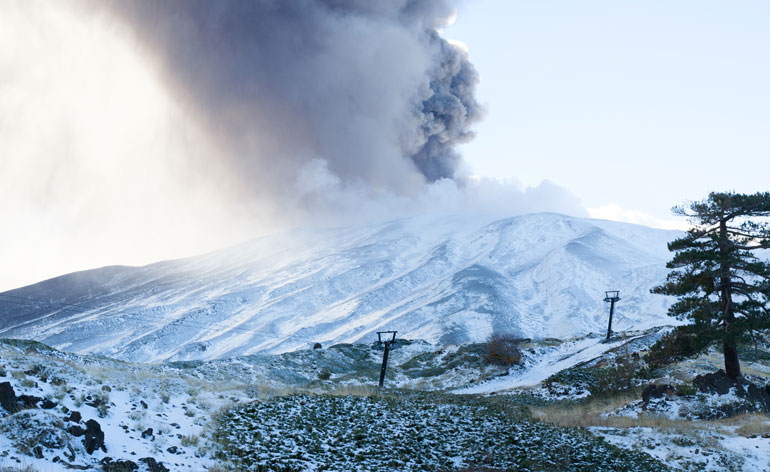
A photograph of a billowing Mount Etna from their field investigations earlier this year. 'We were fascinated by the way these volcanoes are constantly expelling material', explains Farresin. 'In a way, it's like person mining. But in this case, it's nature mining'
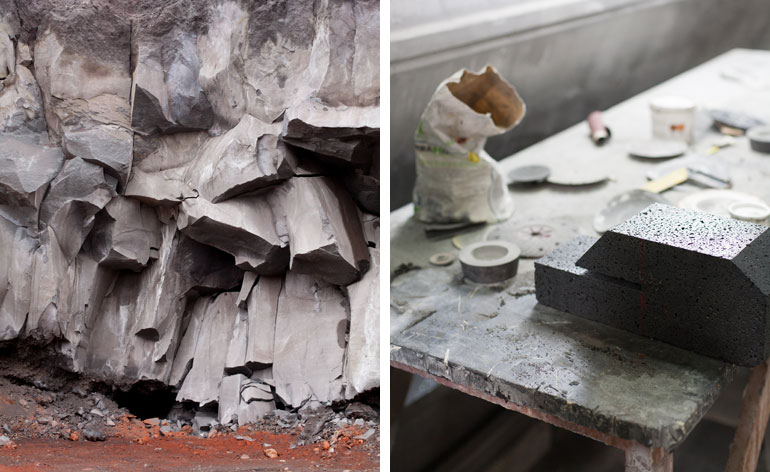
The designers scoured the volcanic landscape over the next few months, filling their sacks with various rocks and hauling the material back to their studio in the Netherlands, before melting the rock in a local metal workshop
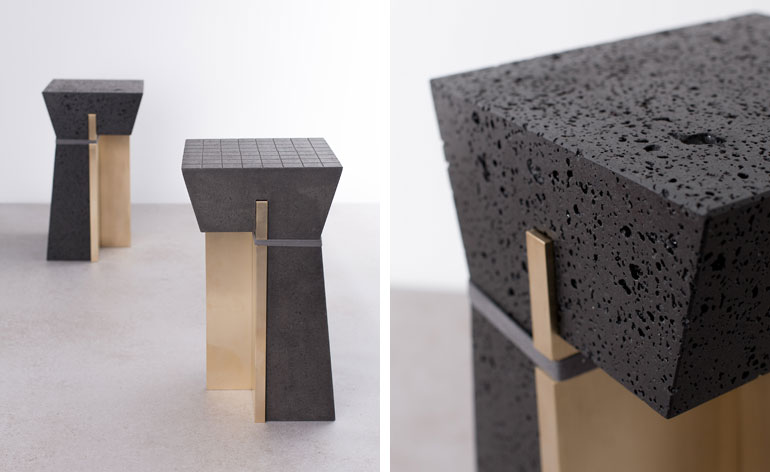
'1991' and '1614' stools, made from occhio di pernice basalt, textile, and brass

The duo played with heating and cooling temperatures, adding water, extracting fibres, and grounding dried rock into a powder that was later blown into glass, by handblowers at the Berengo Studio in Murano

'Iddu' obsidian mirror, made from handblown lava rock and brass

'Lipari' bowl, comprising occhio di pernice basalt, lava rock, brass and textiles
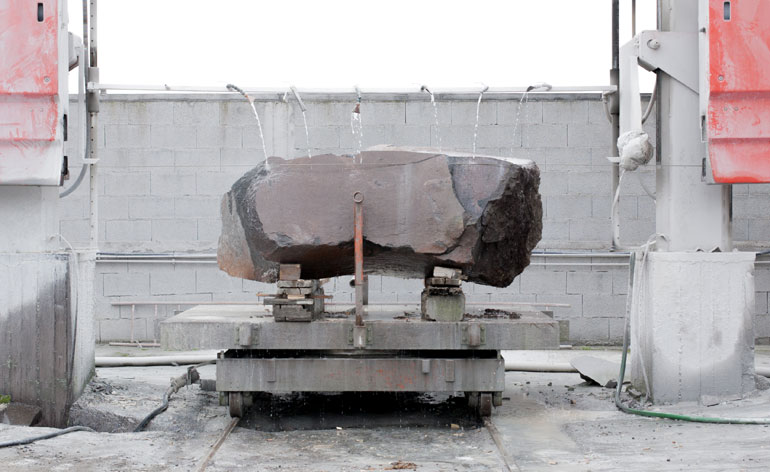
The collection has been further developed in collaboration with a number of European experts: from the CNC cutting of basalt in Sicily…

…to the scientific analysis of lavic stones at the Volcanologist Centre of Catania (INGV). Pictured is a microscopic view of lavic rock's geological strata
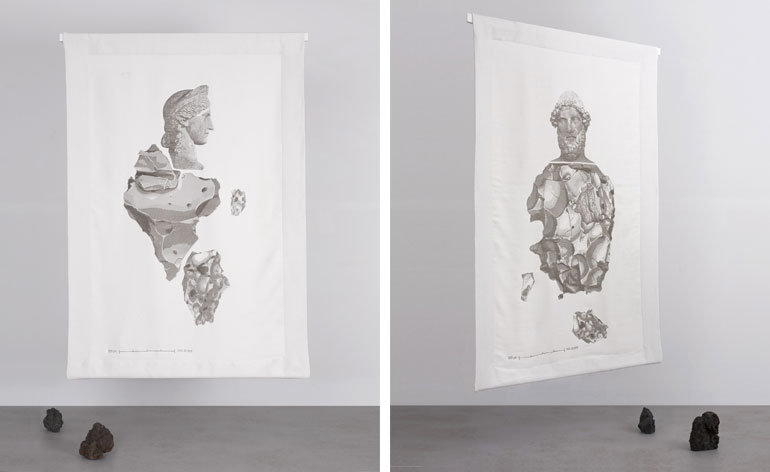
Formafantasma explored the tensile properties of lavic fibre with two different wall hangings, 'Atena' (left) and 'Efesto' (right). The tapestries combine illustrative references to both the Greek mythological gods of Mount Etna and microscopic images captured by the INGV. 'It's been a really crazy process,' admits Farresin of their broad stretch of collaborators. 'It's kind of a geek project'
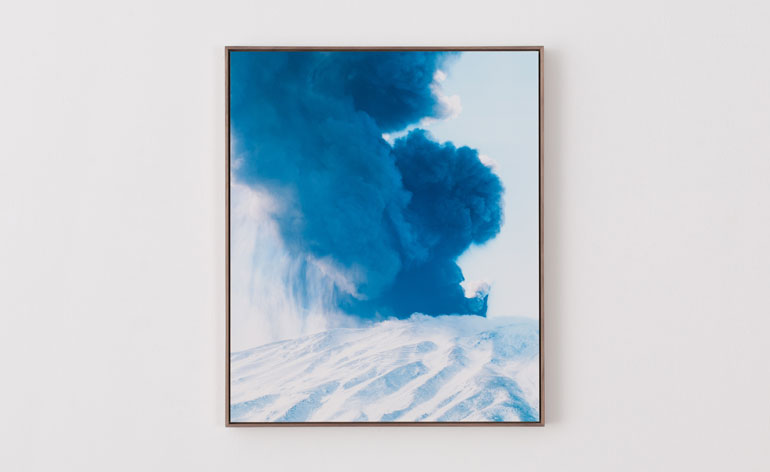
The collection is also accompanied by a photographic series by long-time collaborator Luisa Zanzani. Pictured is 'Etnea', 2013-2014
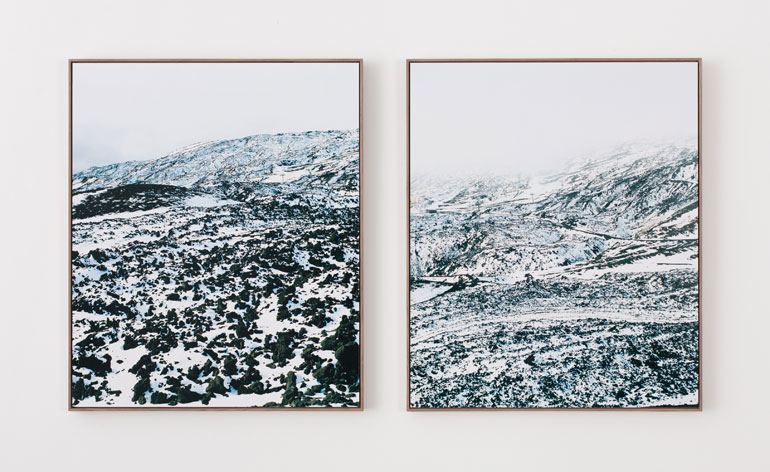
'Etnea', by Luisa Zanzani, 2013-2014

'Etnea', by Luisa Zanzani, 2013-2014
ADDRESS
Palazzo Clerici
Via Clerici, 5
Milan
Receive our daily digest of inspiration, escapism and design stories from around the world direct to your inbox.
JJ Martin
-
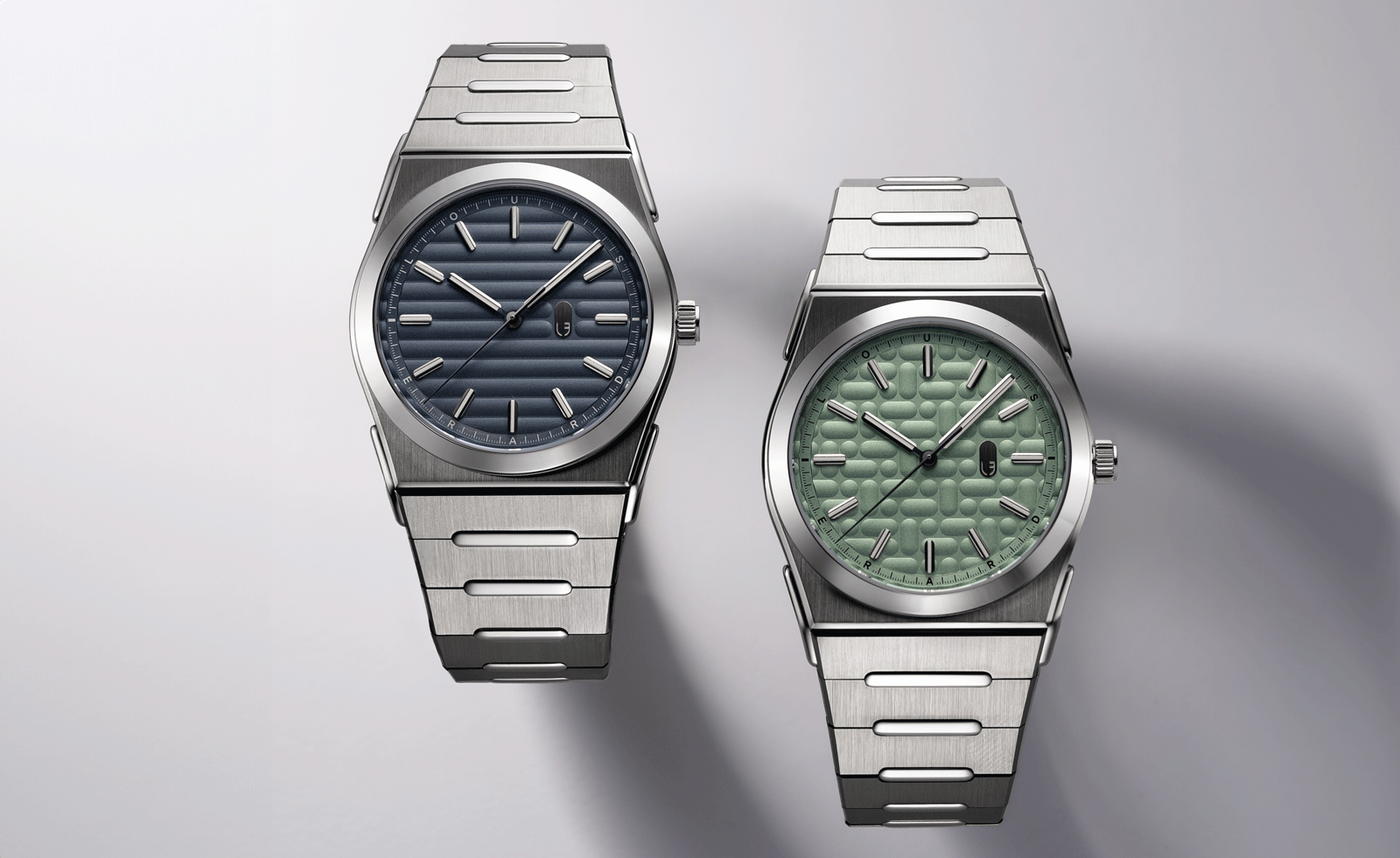 Five watch trends to look out for in 2026
Five watch trends to look out for in 2026From dial art to future-proofed 3D-printing, here are the watch trends we predict will be riding high in 2026
-
 Five destinations to have on your radar this year
Five destinations to have on your radar this yearThe cultural heavyweights worth building an itinerary around as culture and creativity come together in powerful new ways
-
 Dublin-based designer Cara Campos turns abandoned bicycles into sleekly minimal furniture pieces
Dublin-based designer Cara Campos turns abandoned bicycles into sleekly minimal furniture piecesWallpaper* Future Icons: Saudi-raised Irish/French designer Cara Campos' creative approach is rooted in reuse, construction and the lives of objects
-
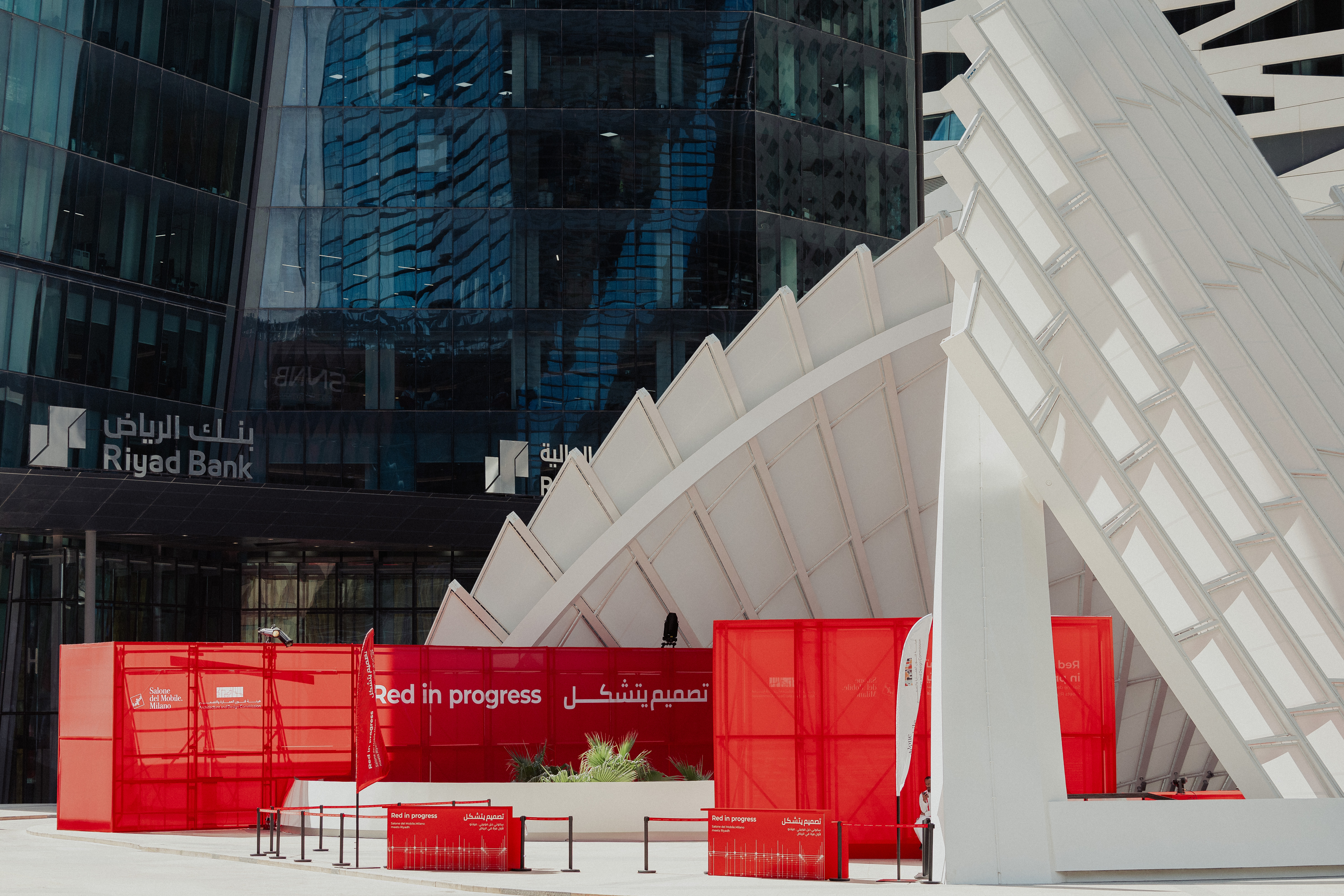 ‘Locally anchored and globally conversant’: Salone del Mobile debuts in Saudi Arabia
‘Locally anchored and globally conversant’: Salone del Mobile debuts in Saudi ArabiaSalone del Mobile lands in Riyadh (26-28 November 2025), bringing its creative and manufacturing know-how to one of the world’s fastest-growing markets and setting the stage for Italo-Saudi design relations
-
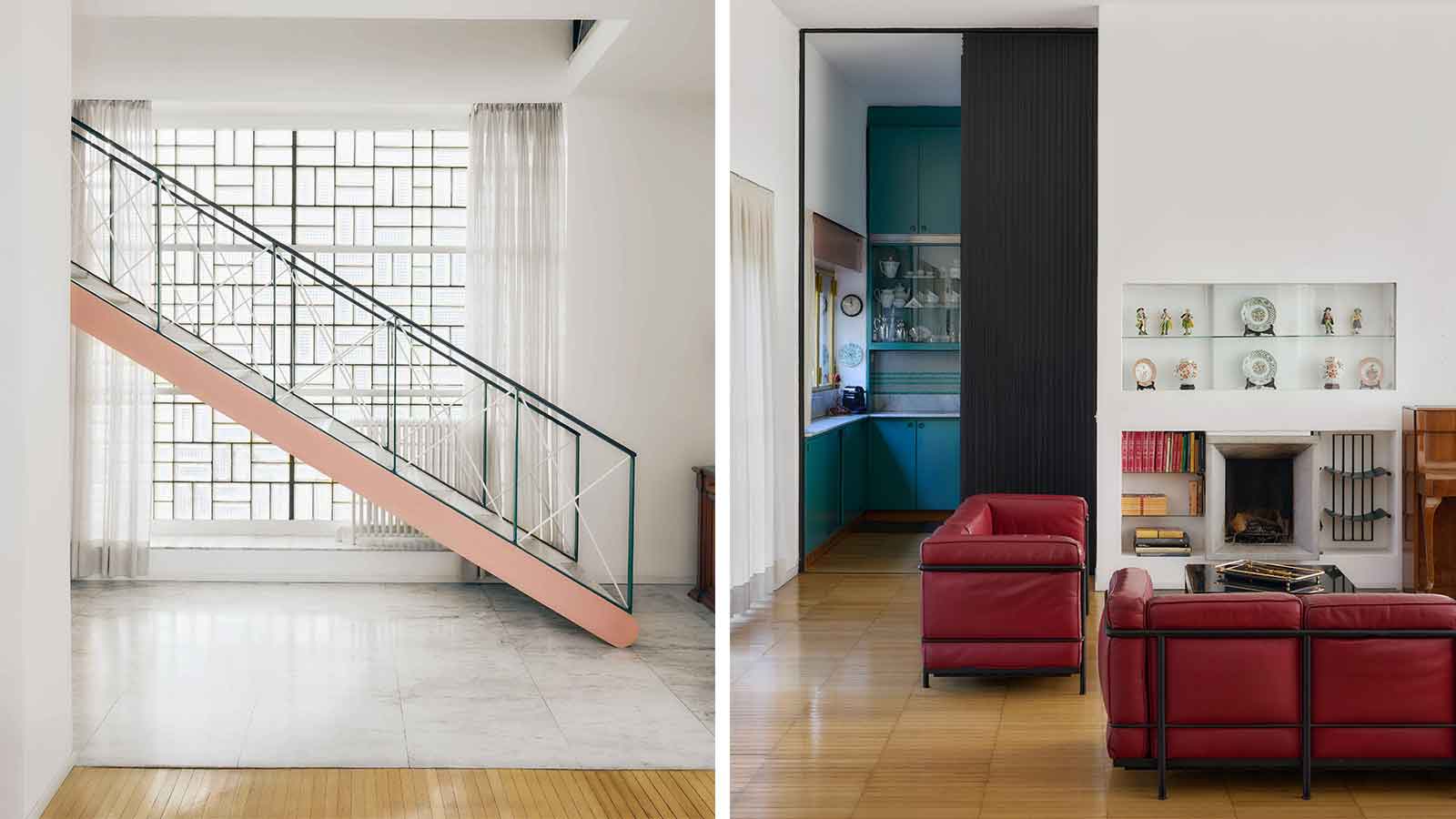 Alcova 2026 locations include a Rationalist gem and an abandoned church
Alcova 2026 locations include a Rationalist gem and an abandoned churchAlcova returns for an 11th edition in 2026 (20-26 April), once again opening up two exclusive Milanese locations, the Baggio Military Hospital and Franco Albini's Villa Pestarini
-
 Salone del Mobile 2026 will embrace collectible design with Salone Raritas
Salone del Mobile 2026 will embrace collectible design with Salone RaritasSalone del Mobile has Salone Raritas, a new exhibition space at the fair (21-26 April 2026), curated by Annalisa Rosso and designed by Formafantasma
-
 O Milano! Design's epic annual spectacle in photos
O Milano! Design's epic annual spectacle in photosCall us biased, but we believe that Milan Design Week is, at this moment in time, the greatest show on earth
-
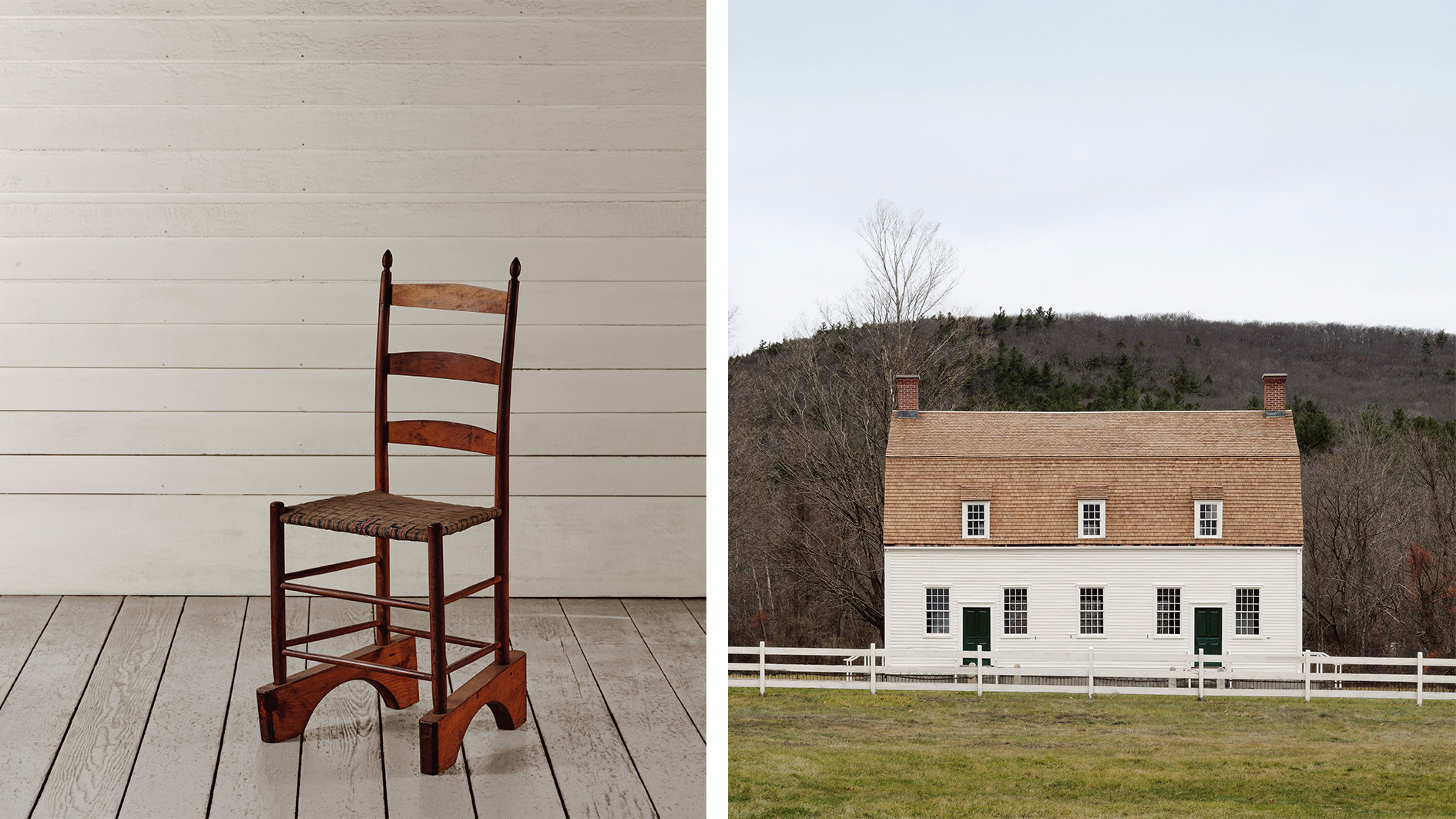 How did the Shakers influence modern design? A new exhibition considers the progressive philosophy of the free church
How did the Shakers influence modern design? A new exhibition considers the progressive philosophy of the free church‘The Shakers: A World in the Making’ positions the 18th-century sect as a pioneer of simple, functional and democratic design – principles that still guide aesthetics today
-
 ‘Romantic brutalism’ rethinks Polish craft
‘Romantic brutalism’ rethinks Polish craftAn exhibition in Warsaw gives local makers their due, looking inside the burgeoning world of Polish design
-
 Eight designers to know from Rossana Orlandi Gallery’s Milan Design Week 2025 exhibition
Eight designers to know from Rossana Orlandi Gallery’s Milan Design Week 2025 exhibitionWallpaper’s highlights from the mega-exhibition at Rossana Orlandi Gallery include some of the most compelling names in design today
-
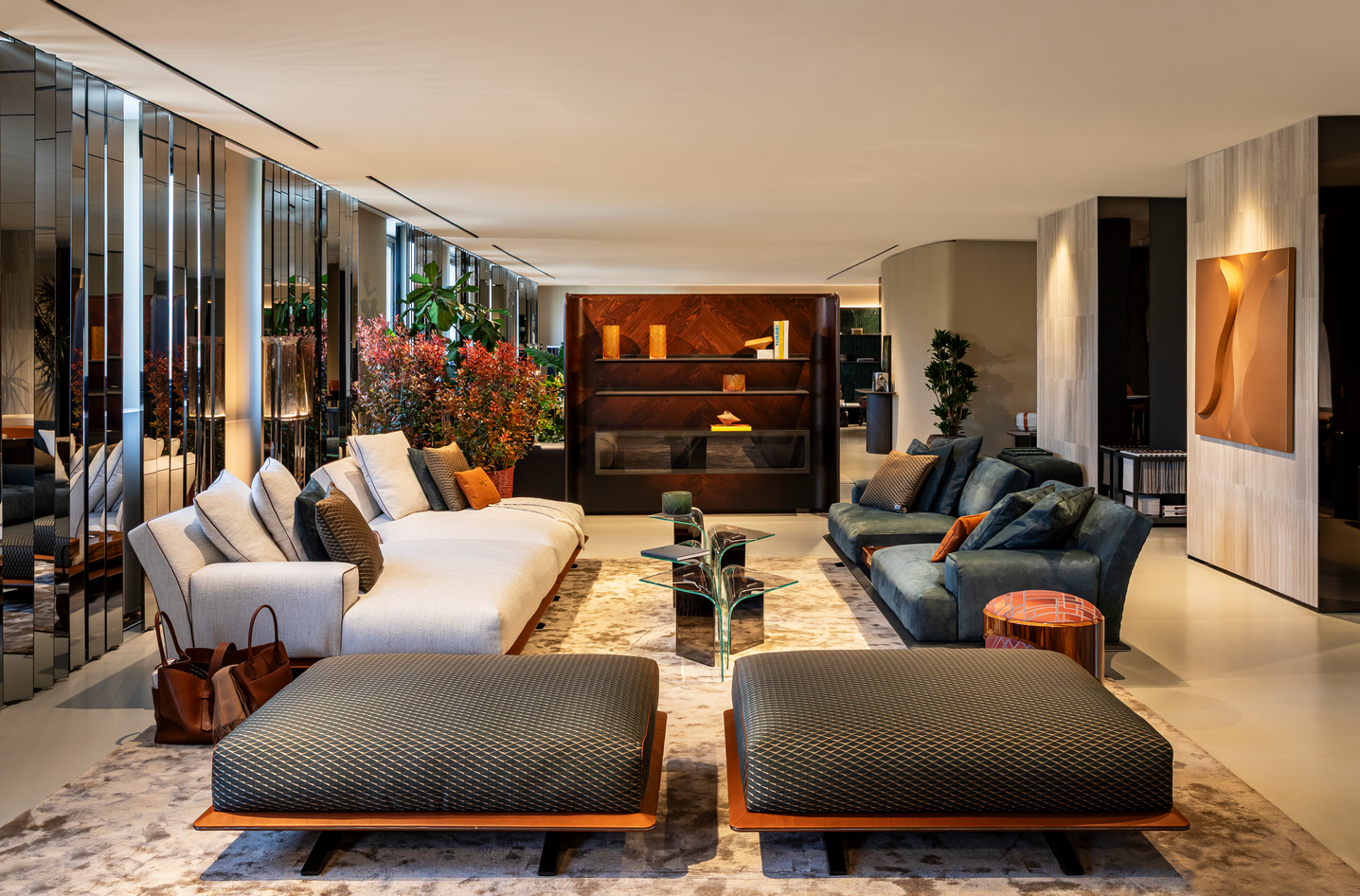 Bentley’s new home collections bring the ‘potency’ of its cars to Milan Design Week
Bentley’s new home collections bring the ‘potency’ of its cars to Milan Design WeekNew furniture, accessories and picnic pieces from Bentley Home take cues from the bold lines and smooth curves of Bentley Motors